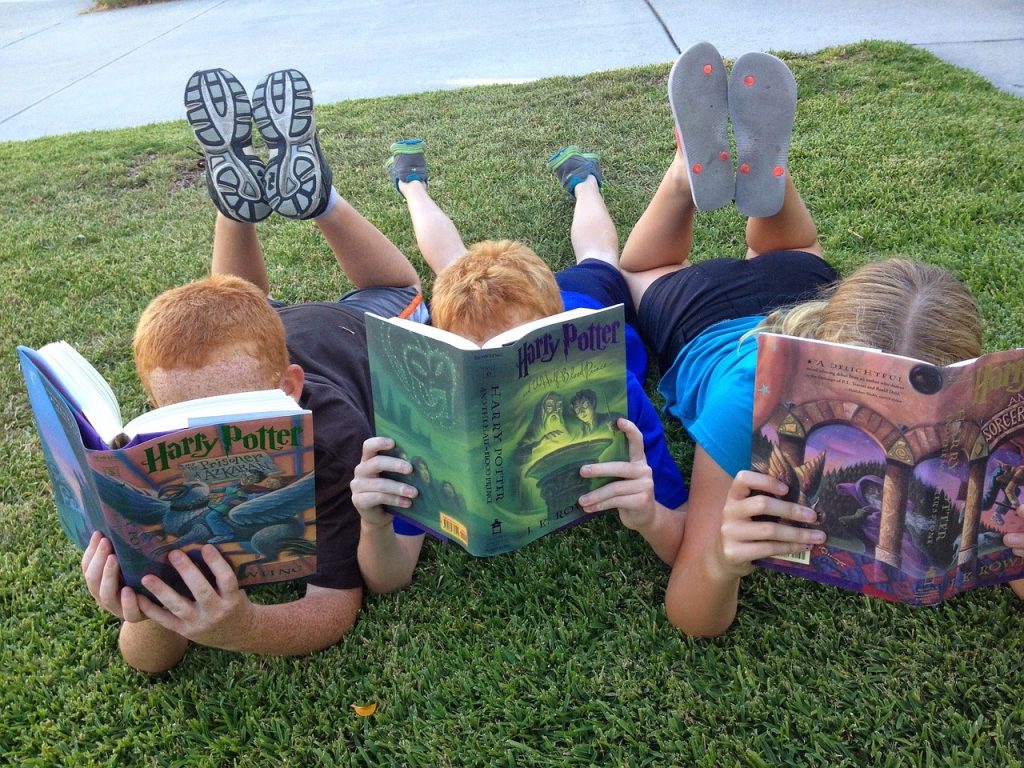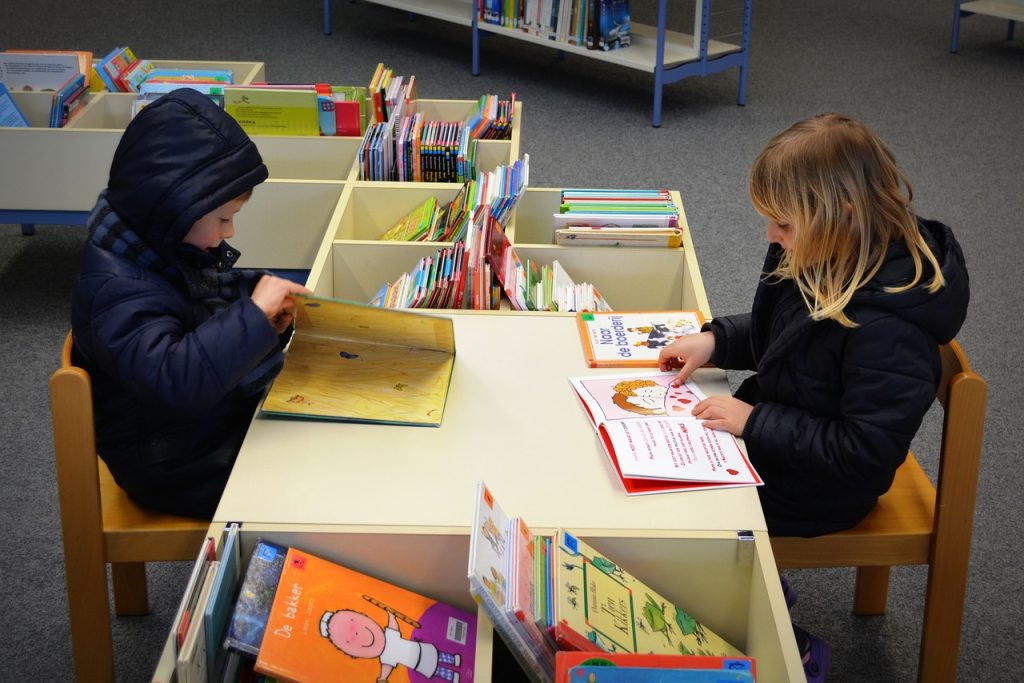World Book Day is a global celebration of literature and reading. It’s a day dedicated to promoting the joy of books and encouraging people of all ages to explore the wonders of reading. Here are some ways you can celebrate World Book Day and foster a love of reading in your family:
- Read Together: Set aside some time on World Book Day to read together as a family. Choose a favorite book or explore something new from your local library or bookstore. Reading together not only promotes literacy but also strengthens family bonds.
- Dress Up as Characters: Many schools and libraries host World Book Day events where children can dress up as their favorite book characters. Encourage your child to get creative and dress up as their literary hero. It’s a fun way to bring books to life and spark their imagination.
- Visit the Library: Take a trip to your local library and explore the endless possibilities of books. Let your child browse the shelves and choose their own books to borrow. Many libraries also host special events and activities for World Book Day, so be sure to check their schedule.
- Share Stories: Share your favorite childhood stories with your children and encourage them to share theirs. Create a cosy reading nook at home where you can snuggle up together and enjoy a good book. Reading aloud together is a magical experience that fosters a lifelong love of reading.
- Support Literacy Initiatives: Consider donating books or volunteering your time to support literacy initiatives in your community. Many organisations work tirelessly to promote literacy and provide access to books for children in need. Your support can make a difference in the lives of young readers.
World Book Day is a reminder of the transformative power of books and the joy of reading. Whether you’re diving into a classic novel, exploring a new genre, or sharing stories with loved ones, take the time to celebrate the magic of books on this special day.









